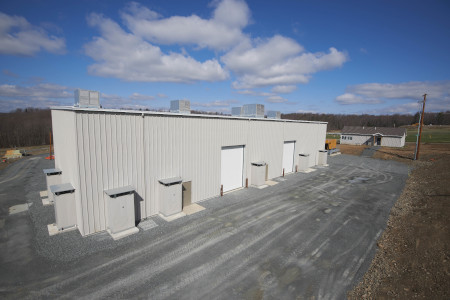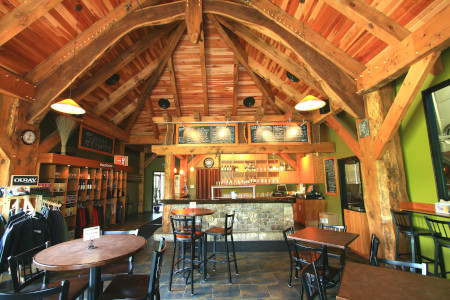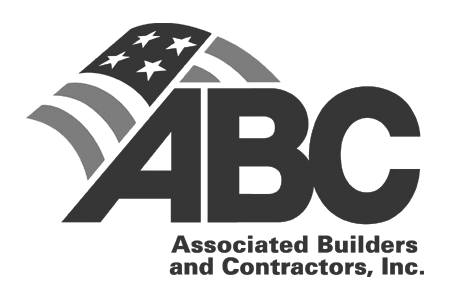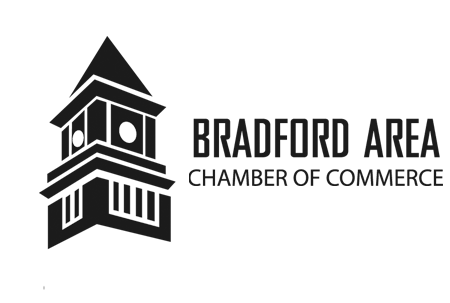We offer a full suite of construction services including:
- Design-Build
- Permiting
- Estimates
- Concrete
- Sheet Metal
- Erection
Design-Build Process
Step 1 - Planning
Collaborate with Kessel Construction to decide on location, amenities, technical requirements, and budget based on your vision.

Step 2 - Design
Our team will work with you on designing a building that fits the needs of the plan developed in step 1. Once the design is finalized, we will get stamps of approval from an engineer on all of the drawings and plans.
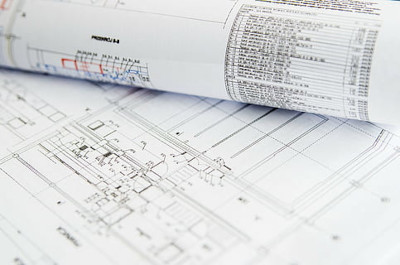
Step 3 - Estimating and Contracted Price
We will get quotes from multiple HVAC, Electrical, Plumbing and other specialized contractors to get you the best quality and best priced work. Once all of the quotes are in, we can finalize a contracted price for the project.

Step 4 - Construction
Once the design is finalized, contract price is finalized and permits are acquired, we can begin construction. You will be assigned a dedicated project manager from our team that will work with you throughout the entire project.
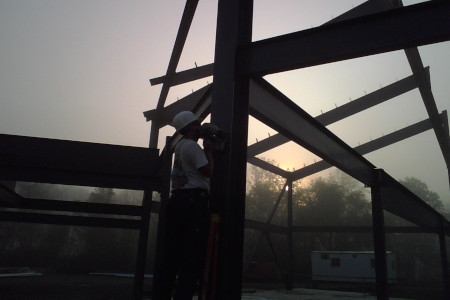
Step 5 - Completion
Your assigned project manager will make sure the Certificate of Completion and/or Certificate of Occupancy is acquired. Move in can begin, and we will provide the close out documents, as-built drawings and any pertinent warranty information.

Design-Build Vs. Design-Bid-Build
Design-Build – Kessel
Time
- Decisions are made quickly between the customer and contractor.
- Involving subcontractors early allows for less change orders.
- Few RFIs pre-construction and during construction.
- Large amount of customer involvement required.
Risk
- Design is in the hands of the people who are able to manage the cost best, the customer and the contractor.
- Contractor manages project from design to completion.
- No finger pointing, only one contract with the contractor.
- Lower risk of lawsuits.
Cost
- Get budget numbers early in the design process.
- You don′t pay for an over budget design.
- Allows for design innovation and input from all involved contractors.
- Best Value.
Design-Bid-Build – Architect
Time
- Decisions flow from the owner to architect and then the architect needs to translate that design to the contractor.
- Contractors are not involved until after design is completed.
- More RFIs and questions are asked, since no contractor involvement.
- Less customer involvement required.
Risk
- Design is solely in the hands of the architect, architects know how to design, but have no construction experience from post-design.
- Architect manages design, then the contractor manages the construction.
- Lots of finger pointing, two contracts with architect and with contractor.
- Higher risk of lawsuits.
Cost
- Get budget numbers after design is finalized.
- You pay for an over budget design and redesign.
- Architect is the sole design innovator, contractors aren′t involved until bidding.
- Lowest bid.
Design-Build Advantages
- Average of 33% faster delivery.
- Lower potential for delivery changes.
- Lower potential for change in cost.
- Lower final cost.
Source: Design-Build: Design-Build Essentials, by Barbara J. Jackson, Delmar/Cengage, 2011, pp. 41–72.
Your Construction Partner
With over 5,000 projects completed since 1934.
Bring us your ideas! We′ll get you a design & estimated budget.



